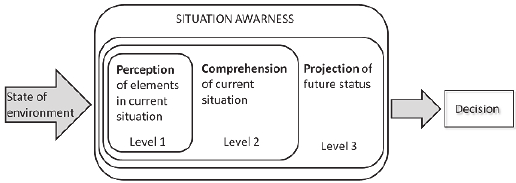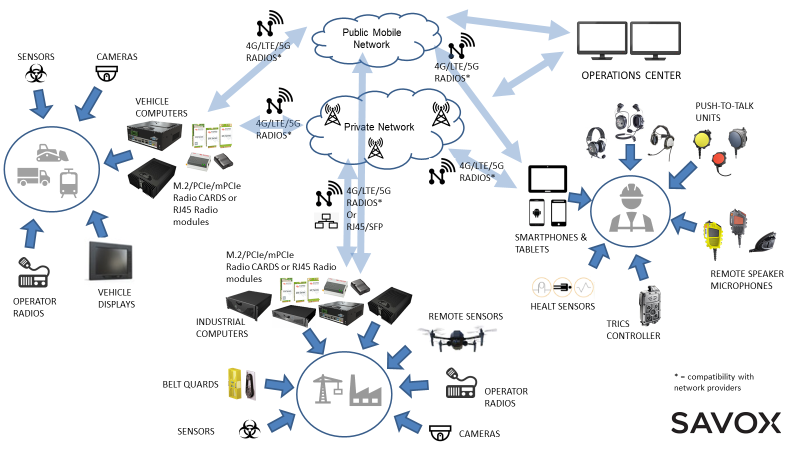Enhance Situational Awareness In Mission Critical Operations
Situational awareness is important for effective decision making and performance in any complex and dynamic environment. The term was originally used to describe awareness of tactical situations during aerial warfare. Now, it has been adopted throughout aviation and other dynamic and rugged situations that require strict human control.
What is Situational Awareness?
A general, widely applicable definition describes situational awareness as “the perception of the elements in the environment within a volume of time and space, the comprehension of their meaning and the projection of their status in the near future”. A simpler definition is “knowing what is going on around us”.
Situational Awareness can be divided into three levels:
Level 1. Perception of the received data and environmental elements.
Level 2. Understanding of the meaning and significance of the situation.
Level 3. Prediction of the future state and causes.
 Endsley’s model of situation awareness (adapted from [Endsley, 1995])
Endsley’s model of situation awareness (adapted from [Endsley, 1995])
Situational awareness is how we perceive our surroundings according to the data we receive to base decision making on. It is formed by information received from the environment, how that information is perceived, understood and interpreted. Once this sequence has been completed can a decision of the course of action be made and executed.
Requirements of Situational Awareness
What is required for situational awareness to exists? Situational awareness isn’t only a result from information, but the information component depends on users’ dynamic information needs. To determine information requirements for any operation it is necessary to focus on the basic goals of the decision maker and the major decisions needed to make to achieve these goals.
This, however, emphasizes one of the difficulties with obtaining situational awareness, developing static and anticipated goals. Modern operations, whether it’s a military operation or search and rescue mission, are complex and everchanging. Therefore, the flow of relevant information needs to be continual.
A few general characteristics can be stated about data requirements.
- Satisfy decision making goals
- Necessary pieces of information (example location, current condition, etc.)
- Describes the relationships between things
- Sufficient quality
The knowledge acquired from this raw data should allow the decision maker to answer questions such as:
- What are the future implications of the current state?
- What interventions are necessary?
- What are the implied decisions to be made?
- And finally, what actions are to be taken?
Technology in The Center of Situational Awareness Development
Emergency respondents and managers need information and communication technology that will support creative, adaptive behavior throughout a distributed decision-making network. This technology should enhance the ability to transfer, analyze, verify, and display information to enhance collaboration and coordination.
As mentioned before, operations or missions are not static therefore the need for situational awareness is constant, which creates pressure for continuous flow of information. Critical communications technology is in the center of achieving this goal.
Read more: 7 Critical Communications Technology Trends 2021 | Tactical, Public Safety and Industry →
Savox Information System
Communications technology enhances situational awareness by maintaining a clear connection between teams and individuals. Swift and reliable communication between several organizations during a critical operation requires dependable technology that works together seamlessly.

The Savox Information system, displayed above, is a representation of how Savox products and systems work through wireless networks and other technologies creating a unified operation where operation centers and mounted and dismounted information systems communicate together.
For instance, Savox mounted information systems such as vehicle computers, transmit data through networks to operations centers and from there to dismounted soldier systems reaching the individual.
Key takeaways:
- Situational awareness is knowing what is going on around us depending on various information components
- For the decision maker to be able to make decisions information needs to meet their goals.
- Continual transfer of information is the best way to maintain situational awareness
- Rugged communications technology enables flow of information within all stakeholders in an operation
Subcribe to our blog
Be among the first of your peers to hear about the new products and solutions from Savox.

